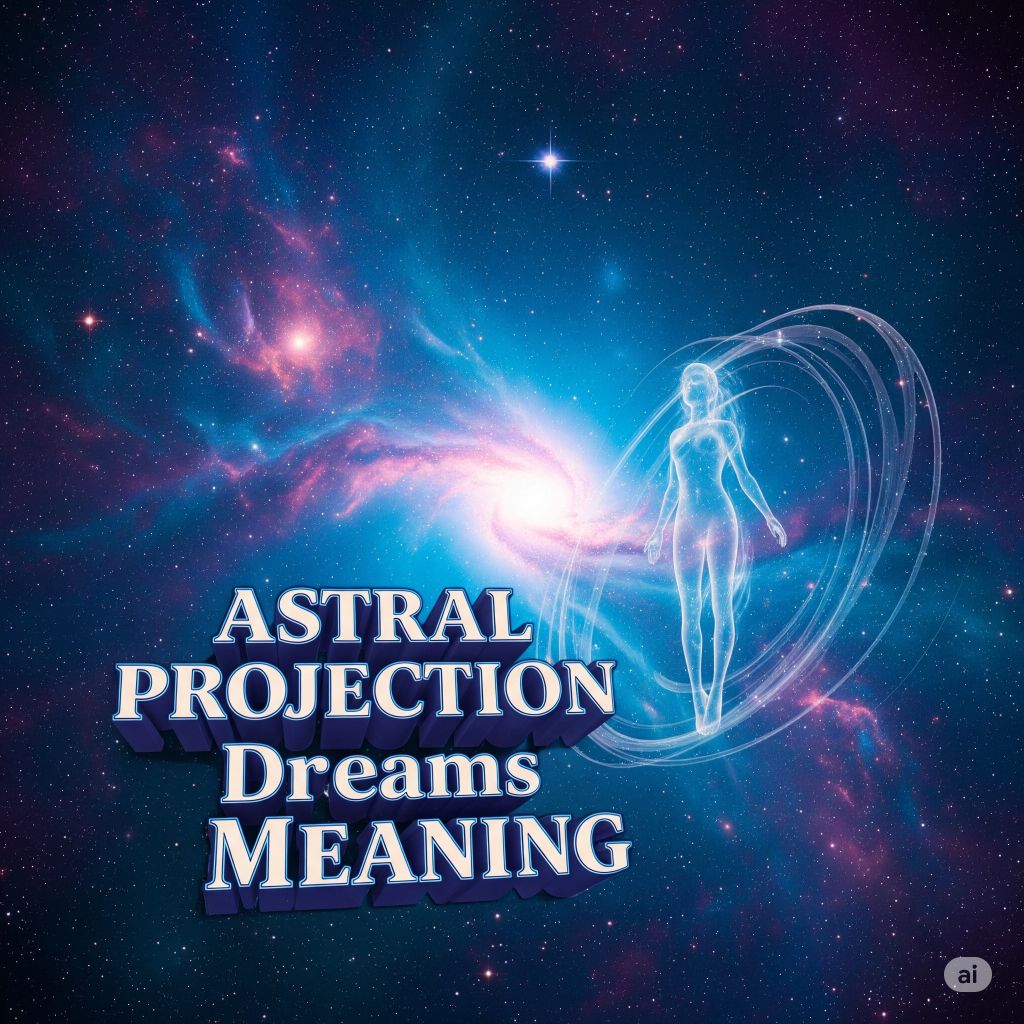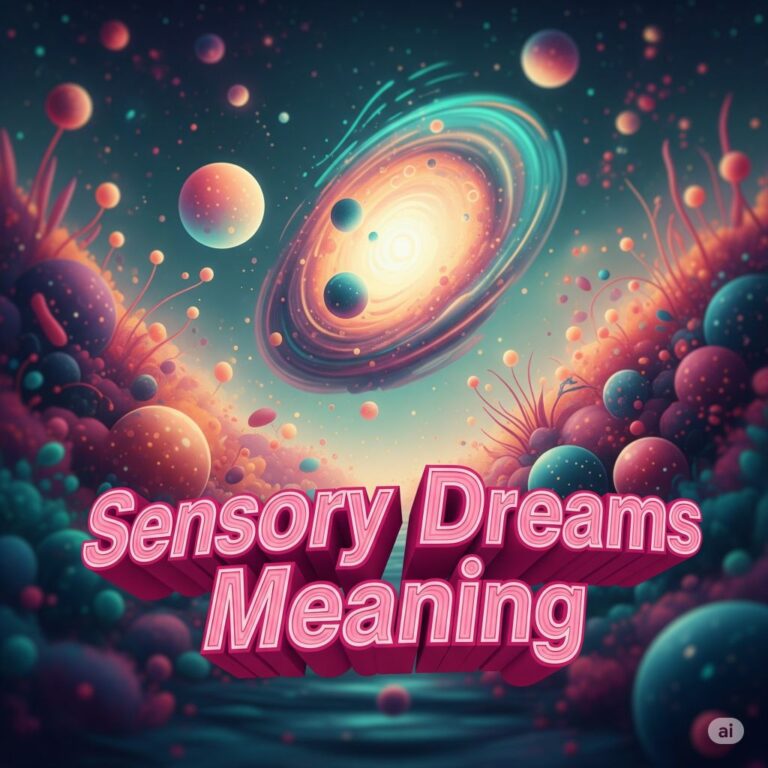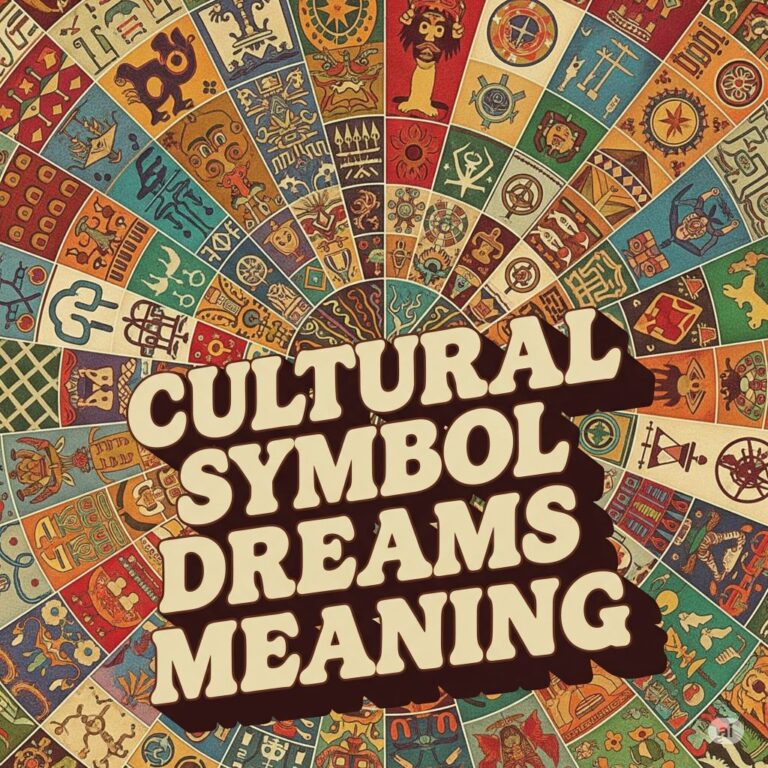
Astral projection dreams refer to the experience where individuals feel as though their consciousness or “astral body” separates from their physical body, allowing them to travel to different realms or dimensions. This phenomenon, often associated with various cultural and spiritual beliefs, can offer profound insights into the nature of consciousness, existence, and personal growth.
Astral projection dreams can be vivid, transformative, and enriching, often leaving the dreamer with lasting impressions of connection and exploration beyond the physical realm. This article examines the meaning, interpretation, and significance of astral projection dreams from psychological, spiritual, and cultural perspectives, as well as practical tips for those interested in exploring this intriguing aspect of dream work.
What Are Astral Projection Dreams?
Astral projection dreams are experiences characterized by the sensation of leaving one’s physical body and traveling to other locations or dimensions. Here are some defining features:
- Sense of Separation: The dreamer experiences the sensation of floating or moving away from their physical body.
- Vivid Awareness: Many report heightened awareness and clarity during these experiences, often with the ability to see their sleeping body.
- Traveling: Dreamers may visit familiar places, unknown realms, or spiritual dimensions, sometimes interacting with entities or experiencing transformative events.
- Lack of Physical Boundaries: Dreamers often report the ability to pass through walls or other physical barriers, indicating a departure from the laws of physics as known in waking life.
These experiences are commonly associated with notions of out-of-body experiences (OBEs) and are often considered spiritual or metaphysical in nature.
Historical and Cultural Perspectives
The concept of astral projection is not new; it spans various cultures and historical contexts:
Ancient and Mystical Traditions
- Ancient Egypt: Egyptian texts describe the soul’s journey after death and interactions with gods during spiritual travel.
- Tibetan Buddhism: The practice of “Dream Yoga” includes cultivating awareness and control in the dream state to explore the nature of reality.
- Hinduism: The idea of sukshma sharira (subtle body) suggests the existence of a non-physical aspect that can travel beyond the physical realm.
- Native American Traditions: Shamanic practices often involve spirit journeys or soul travel, where individuals access other realms for healing or guidance.
Modern Contexts
In contemporary spirituality and metaphysics, astral projection is often viewed as a means of exploring consciousness and accessing higher realms of existence, with communities and resources dedicated to practicing astral projection techniques.
Psychological and Neuroscientific Perspectives
1. Consciousness Exploration
From a psychological standpoint, astral projection dreams may reflect a desire for exploration beyond ordinary experiences, seeking answers about life, death, and existence itself. They potentially engage with the concepts of:
- Lucid Dreaming: Increased awareness within dreams can facilitate experiences of perceived “travel” beyond the physical body.
- Dissociation: The feeling of separation may echo dissociative states that occur in response to stress or trauma, where the mind separates itself from the body.
2. Brain Mechanisms
Research on altered states of consciousness shows that:
- REM Sleep: Astral projection experiences often occur during REM sleep, where vivid dreaming and altered perception of time and space take place.
- Neural Networks: Areas of the brain (e.g., the parietal lobe) involved in spatial awareness and self-perception may work differently during these experiences, influencing the sense of separation from the physical self.
3. Cognitive Factors
Some researchers suggest that the phenomenon of astral projection may reflect:
- Memory Recall: Blending past experiences and imagined future scenarios can create a sense of travel.
- Expectation and Intention: Individuals who actively seek astral experiences may be more likely to interpret vivid dreams as out-of-body journeys, leading to a form of self-fulfilling prophecy.
Common Experiences and Themes
Astral projection dreams often feature specific themes and experiences:
1. Traveling to Familiar Places
Dreamers may find themselves revisiting meaningful locations (childhood homes, favorite spots), often reflecting personal significance or unresolved emotions.
2. Exploring Unknown Realms
Many describe vivid, fantastical landscapes, ethereal settings, or cosmic journeys filled with wonder, representing uncharted areas of the self or the psyche.
3. Encounters with Beings
Interactions with spiritual entities, guides, or deceased loved ones are common. These encounters can offer wisdom, warnings, or a sense of connection.
4. Feelings of Liberation or Fear
Some dreamers report feelings of freedom and exhilaration, while others may experience anxiety or fear of losing their connections to the physical body or feeling trapped.
5. Time Distortion
Perception of time can be altered, with dreamers feeling that they’ve spent much longer “traveling” than the actual time that passed, echoing mystical or metaphysical concepts of nonlinear time.
Interpreting Astral Projection Dreams
1. Understanding Personal Context
To interpret an astral projection dream effectively, it’s vital to consider personal circumstances. Questions to ponder include:
- What was happening in your life leading up to the dream?
- Were there unresolved issues you sought clarity on?
- How did you feel during the experience?
2. Symbolic Analysis
Identify symbols that appeared in your dream. Consider their meanings based on your experiences and feelings:
- Flying often symbolizes liberation.
- Darkness or obstacles might reflect fears or uncertainties you’re navigating.
3. Emotional Resonance
Reflect on the emotions experienced during the dream:
- Feelings of joy or empowerment might signify personal growth.
- Feelings of fear or anxiety could reveal emotional blocks needing attention.
4. Connection to the Spiritual
Many view astral projection dreams as opportunities for spiritual enlightenment. If significant spiritual figures or symbols appeared, explore their broader significance within your spiritual journey.
Practical Techniques for Inducing Astral Projection Dreams
While not everyone aspires to achieve full astral projection, several techniques can enhance awareness and facilitate deeper dream exploration:
1. Meditation and Relaxation
Practicing mindfulness and meditation before bed can help calm the mind, making it easier to enter a dream state perceptive of deeper insights.
2. Setting Intentions
Before sleep, focus on the intention of exploring your consciousness or seeking answers to specific questions. Affirmations such as “I will explore my inner self tonight” can be effective.
3. Dream Journaling
Regularly recording your dreams can help build awareness of patterns and symbols, increasing the likelihood of lucid dreams, including astral projection experiences.
4. Reality Checks
Throughout the day, engage in reality checks by questioning whether you are dreaming. This can carry over into your dreams and increase the likelihood of becoming lucid.
5. Breathing Techniques
Using deep, rhythmic breathing can help achieve a relaxed state conducive to inducing lucid or astral projection dreams.
Cultural Significance
Many cultures have their interpretations and practices related to astral projection:
- Shamanic Traditions: Shamanic practices often involve soul journeys where the shaman travels to the spirit world for healing or guidance.
- Tibetan Buddhism: Practitioners utilize “dream yoga” to achieve conscious awareness in dreams, including astral projection for spiritual insights.
- Aboriginal Dreamtime: Dreaming serves as a portal to ancestral realms and unknown dimensions of existence, representing interconnectedness with all beings.
Conclusion
Astral projection dreams offer a rich tapestry of experience that blends psychological insights, spiritual exploration, and personal meaning. Whether interpreted as mere psychological phenomena or genuine journeys of consciousness, these dreams invite individuals to explore the boundaries of their awareness and perception.
Encouraging awareness of these experiences can foster personal growth, creative breakthroughs, and a deeper understanding of self and the universe. By engaging with astral projection dreams through intention, reflection, and practice, individuals may unlock deeper insights that can illuminate their paths and enhance their spiritual journeys.
Whether you view them as neurological phenomena, mystical experiences, or psychological insights, astral projection dreams remain one of the most intriguing aspects of human consciousness, inviting exploration and reflection in the ongoing quest for understanding the self and reality.






